Artist Painting Tools
Artist painting tools are essential instruments that facilitate the creative expression of painters, regardless of the medium they choose to work with. From brushes and palettes to knives and heat guns, the right tools can significantly enhance an artist’s ability to translate their vision onto the canvas. Let’s delve into the various artist painting tools, their uses, and why they are indispensable for any artist looking to hone their skills and elevate their craft.
The Essential Tools for Art Painting
Brushes
At the heart of every artist’s toolkit are brushes. The variety of brushes available can be overwhelming; however, understanding their unique characteristics will help artists choose the right one for their project. Here is a breakdown of common brush types:
| Brush Type | Description | Best Used For |
|---|---|---|
| Flat Brush | Has a wide and flat bristle head | Bold strokes and washes |
| Round Brush | Round shape, tapered tip; versatile and widely used | Detail work and glazing |
| Filbert Brush | Oval-shaped bristles combine features of flat and round brushes | Soft edges and blending |
| Fan Brush | Shaped like a fan, useful for texture applications | Texture and foliage |
| Wash Brush | Large, flat bristles intended for broad strokes of color | Watercolor and large areas |
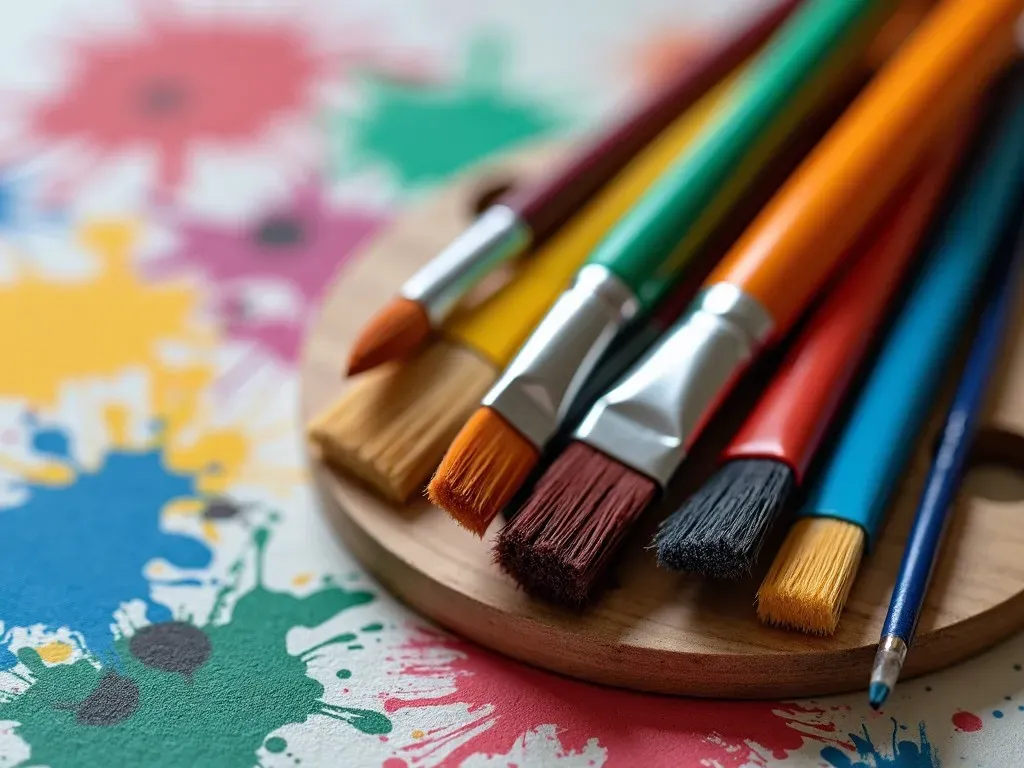
Palette Knives
Palette knives are not just used for mixing paint; they can also be used to apply paint to the canvas, enabling a unique texture. Artists appreciate the sharp, flat edge, which allows for scraping and layering, providing depth to their work.
Palettes
A proper palette is a crucial aspect of the artist’s setup. Choices range from wooden, glass, to disposable palettes, each offering unique benefits. Artists often select their palette based on the medium they are working with, as well as personal preference.
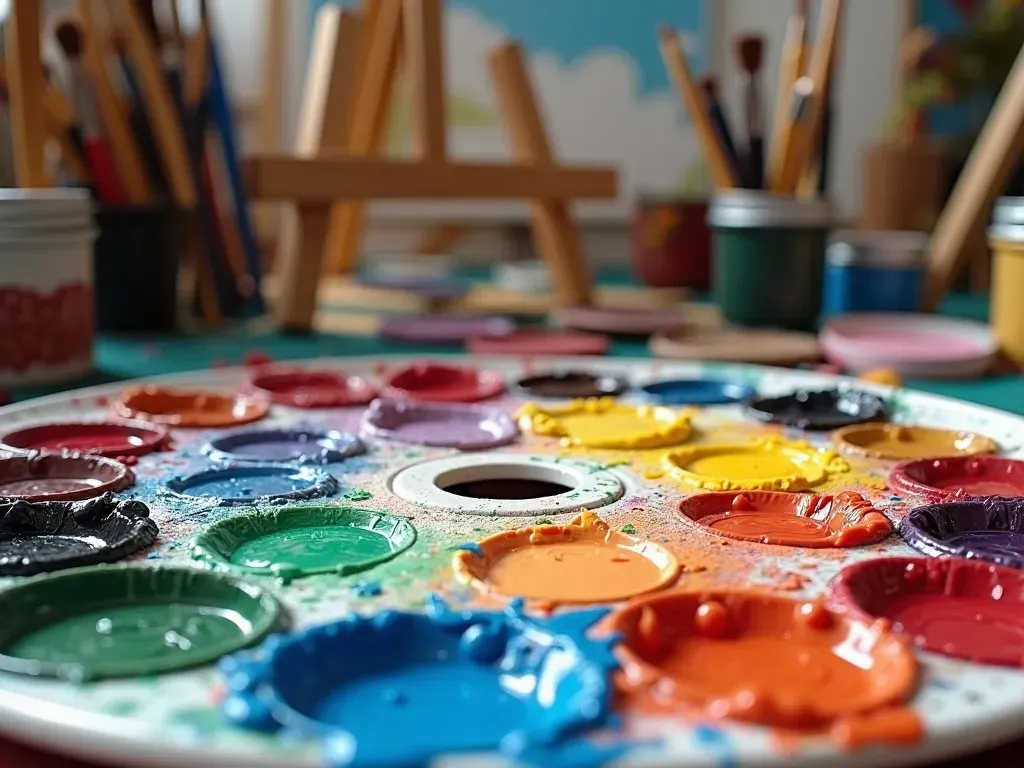
Easel
An easel supports the canvas while the artist works, allowing for comfortable and effective painting. Portable easels are great for artists on the go, whereas studio easels provide stability and height adjustability in a home studio.
Mediums
Various mediums like oil, acrylic, and watercolor each require specific tools and Techniques for application. Artists often use mediums to alter the paint’s consistency, drying time, and finish. Here’s a quick rundown of common mediums:
| Medium | Characteristics | Ideal Applications |
|---|---|---|
| Oil Paint | Rich, vibrant color; slow-drying | Detailed work and layering |
| Acrylic Paint | Quick-drying, versatile, and water-soluble | General painting and experimental work |
| Watercolor | Translucent, fluid; best for washes and layers | Landscapes and delicate details |
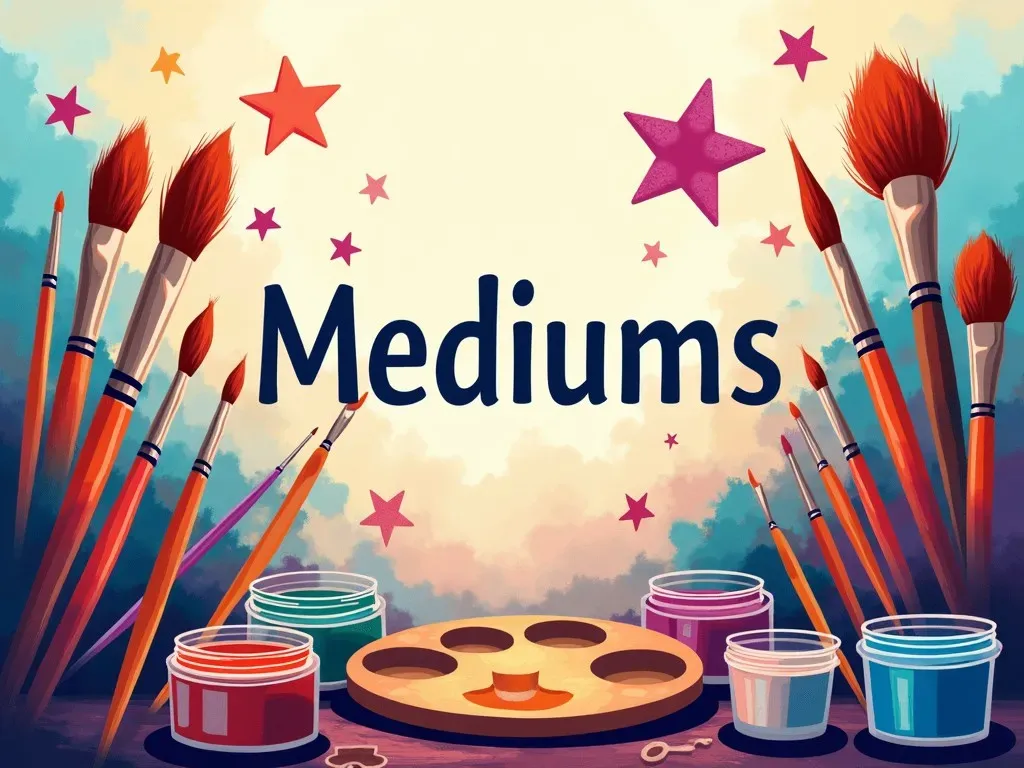
Cleaning Tools
Tools for cleaning are vital for maintaining the longevity and performance of brushes and other painting tools. This includes brush soap, cleaning solvents, and paper towels, which ensure that each tool remains in optimal condition.
Additional Tools
- Palette Cups: For holding paint while you work.
- Mahl Stick: A long stick used to steady the hand for fine detail work.
- Drop Cloths: Protect surfaces when painting.
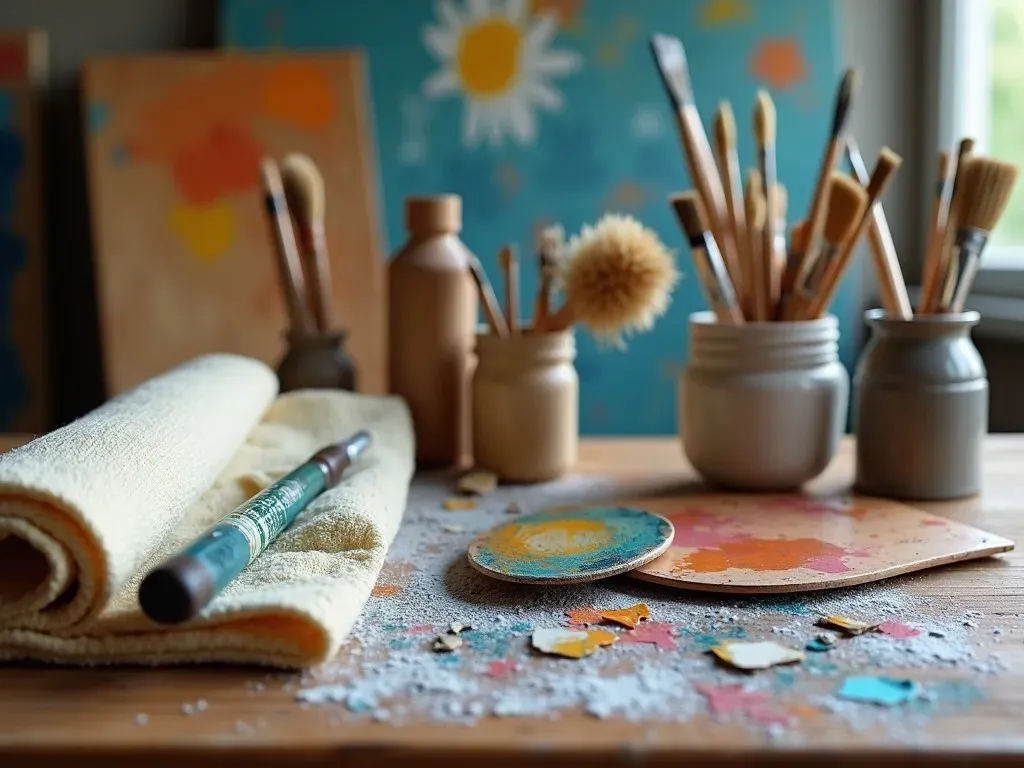
Facts on Artist Tools and Supplies
Statistics
- 70% of artists report using various forms of brushes daily while painting.
- 65% of painters rely on acrylic mediums due to their versatility and quick drying time.
- Over 80% of artists feel that the quality of their tools impacts the outcome of their work.
Awareness and Budgeting
Artists should be mindful of their tool costs and the budget allocated for Supplies. Investing in high-quality tools can yield better results and save money in the long run, as they often have a longer lifespan than cheaper alternatives.
| Tool Type | Average Cost | Investment Value |
|---|---|---|
| High-Quality Brush | $10 – $50 | Durability and performance |
| Professional Easel | $50 – $300 | Stability and workspace flexibility |
| Palette Knife | $5 – $20 | Versatility in technique |
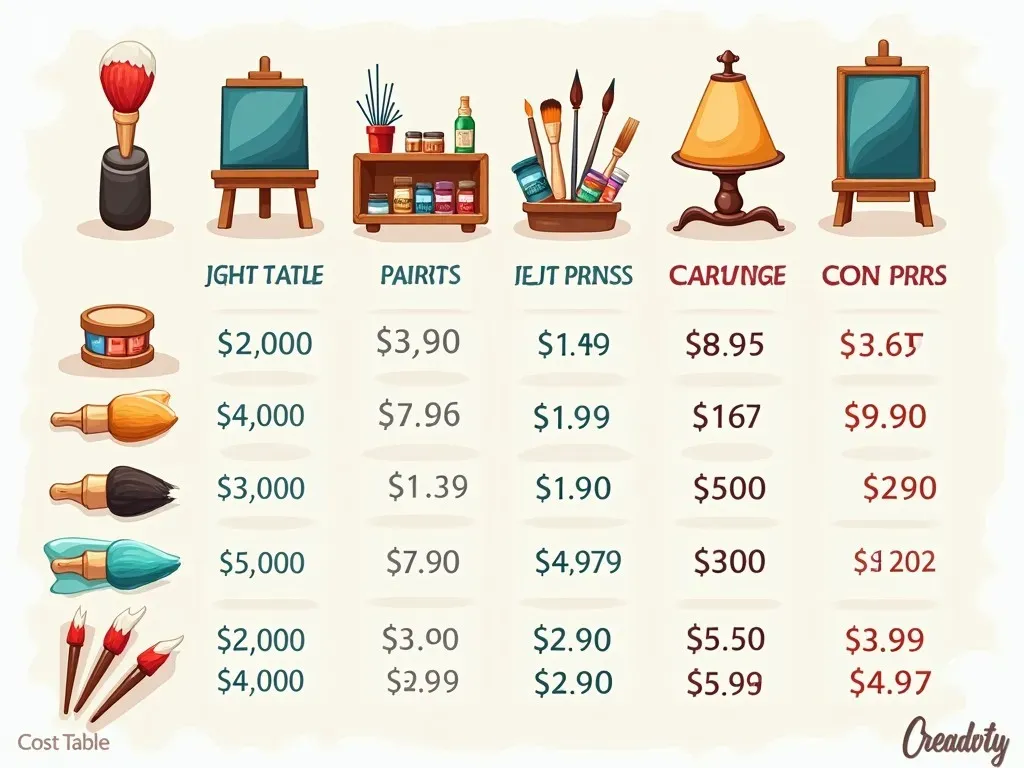
Frequently Asked Questions (FAQ)
What are the must-have tools for a beginner artist?
For beginners, essential tools include a basic set of brushes, a palette, a portable easel, paint (acrylic or watercolor), and cleaning supplies. Starting with a limited palette can also help focus on color mixing.
How can I clean my brushes properly?
Rinse brushes in warm water immediately after use. Use brush soap or mild detergent for oil paints, and ensure the bristles are reshaped into their original form before drying.
What is the benefit of using a mahl stick?
A mahl stick helps steady your hand, which is crucial for achieving precise details in your artwork.
Are expensive artist tools worth it?
While high-quality tools can be pricier, they often result in better painting experiences and outcomes. Investing in quality can benefit artists, especially in the long run.
Where can I find high-quality painting tools?
Quality painting tools can be found at local art supply stores, specialized online retailers, or through dedicated artist communities. Authentic resources such as Dick Blick provide a wide selection of tools for artists.
In summary, artist painting tools are foundational to practicing and enhancing artistic skills. Understanding the variety of available tools and their specific purposes will help artists, whether beginners or seasoned professionals, unleash their creativity effectively. Make informed choices, invest wisely, and watch your artistry flourish!
